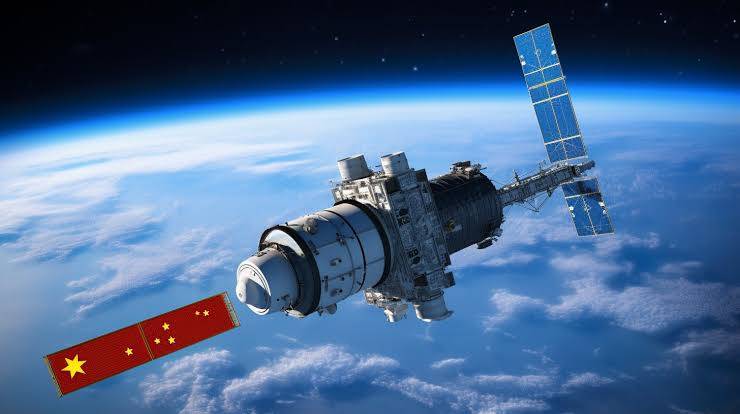Pakistan’s CubeSat Satellite to be launched in Space with China’s lunar mission
Shares

China's upcoming lunar mission, known as Chang'e 6, is set to carry a satellite from Pakistan along with payloads from other nations. The China National Space Administration (CNSA) announced via social media that Chang'e 6 is scheduled for launch in the first half of 2024. This mission aims to transport instruments and equipment not only from Pakistan but also from the European Space Agency (ESA), France, and Italy to the moon.
One notable aspect of Chang'e 6 is its inclusion of French instruments designed to test for radioactive gas. Additionally, the ESA will contribute its Negative Ion Detector, while Italy will provide the Valle Brett Radar System, all of which will be deployed on the lunar surface.
Among the payload on Chang'e 6 is Pakistan's CubeSat satellite, marking a significant step in China's efforts to expand international cooperation through the International Lunar Research Station project, which is gaining momentum.
The CNSA emphasized that this mission is dedicated to enhancing international collaboration by transporting payloads and satellites from four different countries. Chang'e 6 is uniquely poised to explore the dark side of the moon, collect surface samples, and then return them to Earth.
Importantly, this marks the first time that lunar samples from the dark side of the moon will be brought back to Earth. Previous missions primarily collected samples from the near side. The overarching goal of Chang'e 6 is to amass diverse lunar samples to gain deeper insights into the moon's age and geological history.
Looking ahead, after Chang'e 6, China is planning to launch the Chang'e 7 robotic mission to the moon's south pole. This mission will focus on searching for signs of ice while conducting extensive examinations of the region's atmosphere and weather patterns.
